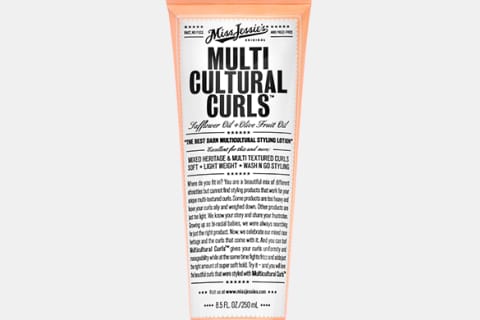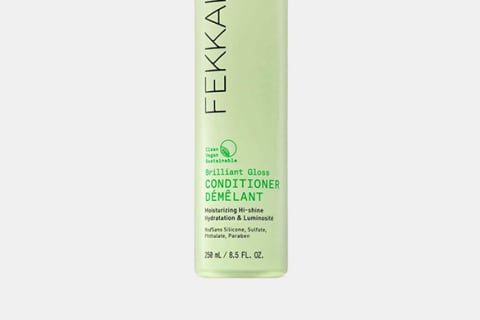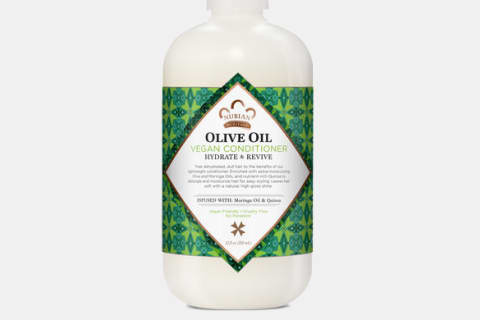Making hair masks at home is a simple joy we can get behind (seriously, we love a DIY hair mask around here). Extra-virgin olive oil has plenty of hair-healthy benefits, making it an ideal ingredient to add in or use as a base for your hair treatments. Before we jump in, do make sure your oil is high quality (check out a simple test here if you’re not sure), as you’ll likely not get any of the benefits below if it is not. Olive oil is notably high in vitamin E, a fat-soluble antioxidant that has impressive free-radical-fighting abilities. This likely accounts for the fact that studies have shown the oil has anti-inflammatory properties2, which can help your scalp health as well as help hair deal with external aggressors, like pollution. This is an important benefit, as inflammation and oxidative stress is one of the main causes of hair loss and premature graying3, according to research. And upon application, the oil can help in two ways. First, it helps condition hair thanks to the vitamins and fatty acids noted above. Second, it acts as a protective barrier, thanks to the occlusive properties. “It acts both as a moisturizer and a sealant, which helps to keep moisture locked in after the olive oil has been applied. Incorporating olive oil into your hair routine can help to improve elasticity and result in less breakage,” says hairstylist Miko Branch, founder of Miss Jessie’s. In fact, some research has even shown that using olive oil as a hair lubricant can reduce breakage4. So olive oil’s benefits for hair aren’t just anecdotal (although, there’s plenty of that too); there’s real science backing up these claims. Translation? You can feel good about slathering it on your strands. Before we begin on any of the below: Wrap your shoulders with a towel so if any of the application process gets messy, it won’t get on your clothing. The oil is heated because it is thought to help open the cuticle and let the oil penetrate deeper. “The idea with heat is that it breaks down the bonds and helps coat it better,” says board-certified dermatologist Doris Day, M.D. “I get the theory behind it, but there isn’t data to prove it. But it’s been done for a long period of time, and we haven’t really seen damage from it.” There are several variations with hot oil treatments—there’s no “correct” way you must do it. However, you should follow some safety guidelines so you don’t burn yourself. Here, a simple guideline.





